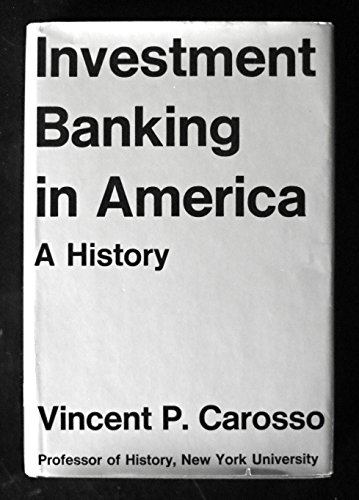
Investment Banking in USA
1. Introduction
a. Investment Banking is a different form of banking which takes care of
a business enterprise’s major financial capital needs and requirements.
b. These capital requirements are in the form of financial support in
releasing an “Initial Public Offering (IPO)”, “Private Placement”,
“Bonds” and also in the “Merger and Acquisitions (M&A)” and other
service too.
2. Summary
a. An Investment bank is a fully dedicated “financial” institution which
completely deals with assisting individuals, corporations and
governments in raising financial capital.
b. Unlike commercial and retail banks, the investment banks do not have
deposits. From 1933’s Glass-Steagall Act until 1999’s Gramm-Leach-
Bliley Act, the US decided to maintain a safe gap between investments
banking commercial banking.
c. An investment bank can be divided into private and public functions
with an information barricade which does not allow the two techniques
to collide.
3. The starting days of 20th Century
a. During the 1890-1925, the investment banking industry was revolving
around JP Morgan & Co., Loeb & Co., Brown Brothers, etc. There was
no legal steps to separate the commercial banks from the investment
ones.
b. This resulted in deposits from the commercial bank’s side of business
to get involved to fund the investment bank’s business side.
4. Reformation by the “Age of New-Deal”
a. When the 1933 began, the banking system in US has seen an explosive
growth. The Roosevelt administration and the Congress took
instantaneous steps to pass laws to go through the “Great Depression”.
b. A major part of the Roosevelt’s “New Deal” was the new look of the
nationwide banking system.
5. 1933’s Glass-Steagall Act
a. This act was passed as counter-measure for the collapse of the
American banking system in the early days of 1933. One of its steps
mentioned were to separate the bank types according to their
functionality.




